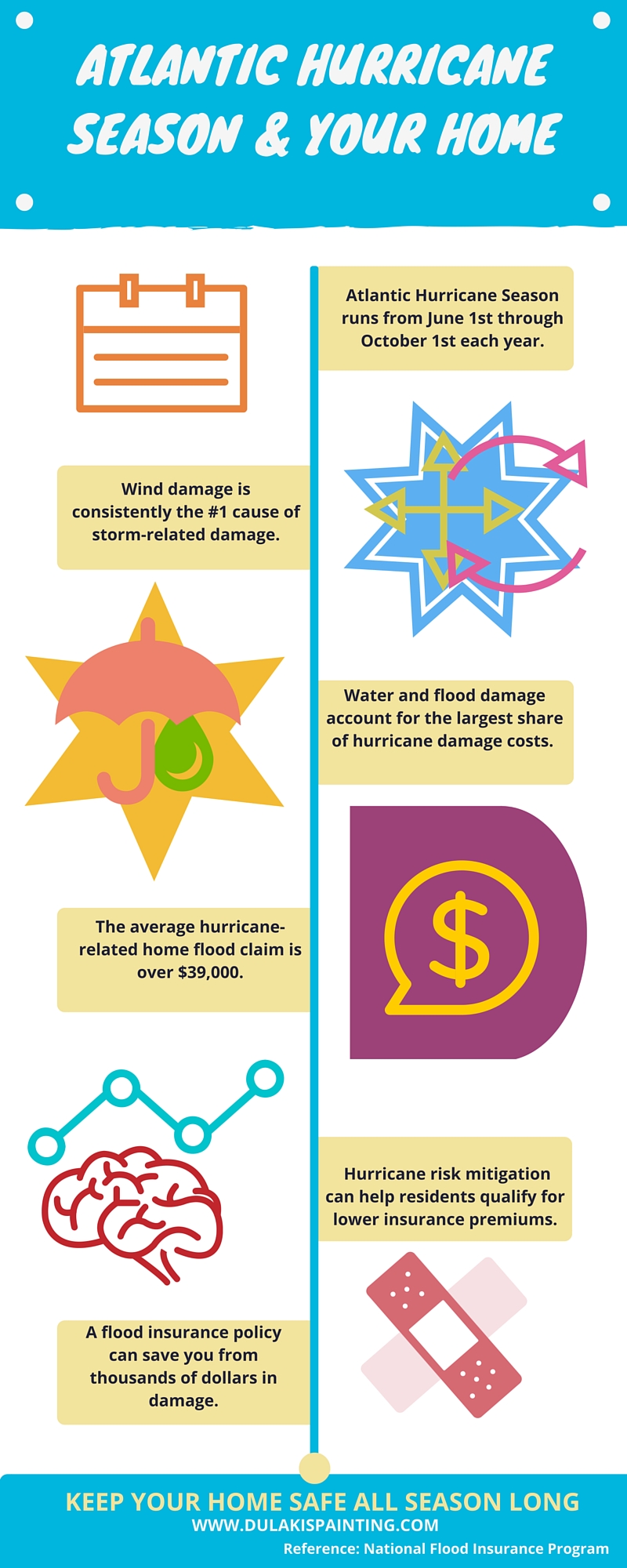Understand Just How Seasonal Problems Impact The Success Of Industrial Exterior Paint And Discover The Perfect Periods To Guarantee Long-Lasting Outcomes For Your Project
Understand Just How Seasonal Problems Impact The Success Of Industrial Exterior Paint And Discover The Perfect Periods To Guarantee Long-Lasting Outcomes For Your Project
Blog Article
Authored By-Carlson Skafte
When you're planning a business outside paint job, seasonal aspects can make or damage your outcomes. You'll intend to take into consideration exactly how temperature level and moisture effect paint application and drying out times. Choosing the appropriate season can guarantee your paint sticks properly and lasts much longer. But which click the up coming internet site are really the best for this sort of work? Let's check out the crucial elements that can affect your job's success.
The Effect of Temperature Level on Paint Application
When you're preparing an industrial external paint project, the temperature level can considerably impact exactly how well the paint adheres and dries.
Ideally, you intend to paint when temperatures vary in between 50 ° F and 85 ° F. If it's as well cold, the paint may not cure properly, bring about concerns like peeling off or breaking.
On the flip side, if it's also hot, the paint can dry as well promptly, stopping appropriate attachment and resulting in an unequal finish.
You should also take into consideration the time of day; early morning or late afternoon uses cooler temperature levels, which can be much more favorable.
Constantly inspect the manufacturer's referrals for the particular paint you're utilizing, as they usually offer advice on the ideal temperature level array for optimum outcomes.
Moisture and Its Impact on Drying Times
Temperature isn't the only environmental element that influences your commercial external painting task; humidity plays a substantial function too. High moisture degrees can slow down drying out times significantly, affecting the total high quality of your paint work.
When the air is saturated with wetness, the paint takes longer to heal, which can bring about issues like bad attachment and a greater threat of mold development. If you're painting on a particularly humid day, be gotten ready for prolonged wait times in between coats.
It's critical to monitor regional climate condition and strategy appropriately. Preferably, go for moisture levels between 40% and 70% for optimum drying.
Keeping straight line construction in mind ensures your task remains on track and supplies a long-term finish.
Best Seasons for Commercial Exterior Paint Projects
What's the best season for your industrial external painting tasks?
Springtime and very early fall are commonly your best choices. Throughout these periods, temperatures are moderate, and moisture degrees are frequently reduced, producing optimal conditions for paint application and drying.
Stay clear of summertime's intense heat, which can trigger paint to completely dry as well swiftly, causing poor adhesion and surface. Likewise, winter season's cold temperatures can impede correct drying out and healing, risking the durability of your paint job.
Go for days with temperatures in between 50 ° F and 85 ° F for ideal results. Keep in mind to check the local weather report for rain, as damp problems can ruin your project.
Preparation around these variables ensures your paint project runs efficiently and lasts much longer.
Final thought
To conclude, intending your industrial external paint projects around seasonal factors to consider can make a significant difference in the result. By organizing job throughout the excellent temperature levels and humidity degrees, you'll make certain much better adhesion and drying times. Keep in mind to keep an eye on regional weather prediction and choose the right time of year-- springtime and very early fall are your best bets. Taking these actions will assist you accomplish a durable and expert finish that lasts.
